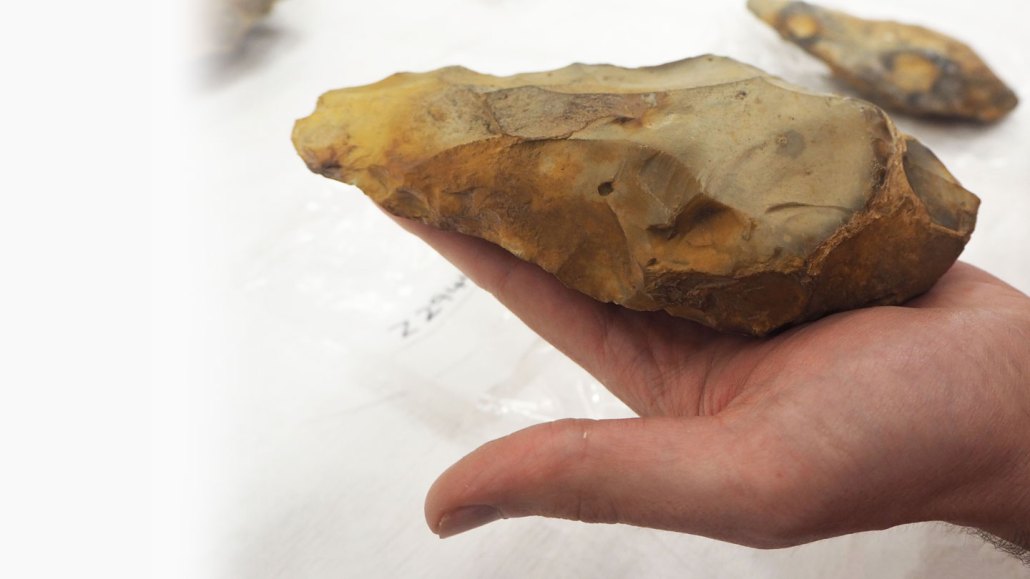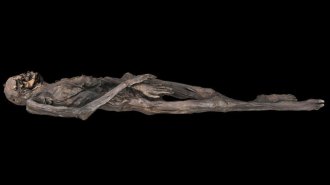Britons’ tools from 560,000 years ago have emerged from gravel pits
Stone artifacts are from one of England’s earliest known hominid communities

Found while digging gravel quarry pits in the 1920s, hand axes (including this one) inspired new research showing that Stone Age hominids made tools at the site 560,000 years ago or more.
Museum of Archaeology and Anthropology, Cambridge







